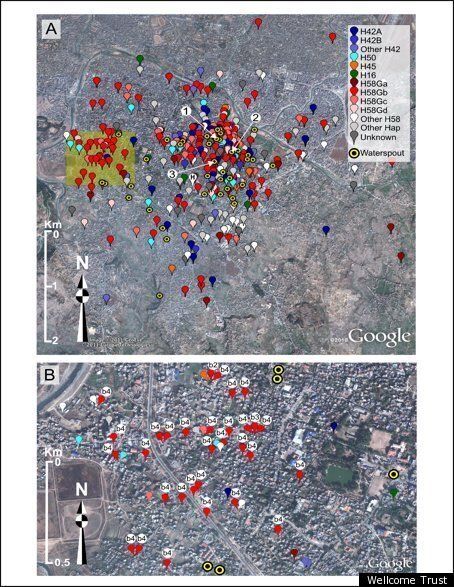Google's mapping technology, GoogleMaps, is great for finding the best route home or the location of a shop or restaurant.
Now it's being used to save lives by tracking the spread of typhoid in Kathmandu, Nepal.
The project, which merges gene sequencing technology and GPS, allows health workers to visit a patient’s home, capturing their exact location.
“Until now, it has been extremely difficult to study how organisms, such as the typhoid-causing bacteria, evolve and spread at a local level,” explains Dr Stephen Baker from the Oxford University Clinical Research Unit in Vietnam.
“Without this information, our ability to understand the transmission of these diseases has been significantly hampered. Now, advances in technology have allowed us for the first time to create accurate geographical and genetic maps of the spread of typhoid and trace it back to its sources,” he said.
Typhoid fever is caused by two bacteria – Salmonella typhi and Salmonella paratyphi. The symptoms of the disease include fever, abdominal pain and vomiting. Both of these bacteria are found in Kathmandu and are usually spread through water or food contaminated with faeces.
Similar to John Snow's cholera mapping of London in 1854, the modern study found that typhoid was occurring around waterspouts. Yet unlike Victorian London, Kathmandu has no street names, making GPS and Google mapping an ideal tool to track disease in the area.
The project may also allow health professionals to spot potential carriers.
